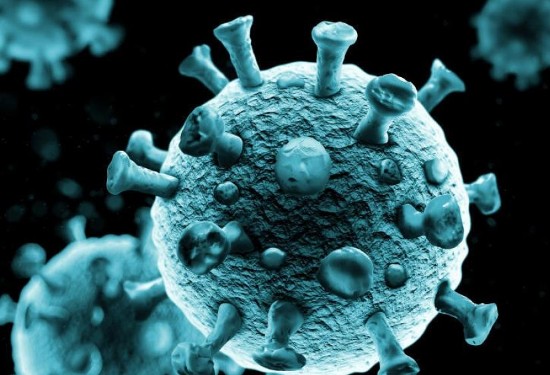In February 2020, my wife and I were holidaying in Costa Rica and listening and reading news about the outbreak of a new virus originating out of Wuhan, China. The first reported cases in the United States and Canada were happening. Cruise ships were petri dishes for the virus. Ships were quarantined with passengers and crews confined to their vessels when no harbours would allow them to dock.
We returned from Costa Rica to Toronto on February 17th. I was scheduled for knee replacement surgery and had a pre-op appointment with the hospital on March 13, 2020. My operation was supposed to happen on April 30th. On March 11, 2020, the World Health Organization (WHO) declared a public health emergency, the SARS-COV2 pandemic. Our world began to shut down. Two days after my pre-op appointment, all surgeries were cancelled.
Today marks the fourth anniversary of the WHO’s pandemic declaration. COVID-19 remains with us but the world is wide open now with no restrictions on travel, or for public events. Yet the global count of infected and dead continues to rise.
The Worldometer website, the best source of COVID-19 statistics, as of this week, shows almost 704 million reported COVID-19 cases. The unreported numbers are much higher. Recent data indicates that 98% of Canadians have had COVID-19, with over 54% of adults having antibodies indicating a past infection. U.S. data is similar showing 94% of the population as having had COVID-19 at least once in the last four years.
The official WHO total of deaths from COVID-19 is more than 7 million. The unofficial total is three times higher. There are tens of millions who have contracted COVID-19 and have never seen a doctor. Tens of millions still have symptoms or post-infection complications.
We still don’t know if COVID-19 will become an annual scourge or in time be seen as no more threatening than the common cold. As we have incubated the virus it has adapted to its human hosts, killing less of us although becoming more virulent in its spread. Evolution is working for SARS-COV2 to ensure it continues to thrive by not killing a lot of us.
COVID-19 Vigilance Has Waned
The level of urgency that erupted with the arrival of COVID-19 marshalled the efforts of biopharmaceutical companies to develop rapidly, new vaccines and medications. Within a very short time window, new vaccines and medications were rushed out for use. The planet’s entire population became guinea pigs in short order as multiple companies rolled out ways to combat the virus.
Since the initial launch of these novel vaccinations and medications, the public has participated in publicly-funded vaccination drives. After multiple shots, vaccine fatigue is settling in.
Wearing masks in public indoor spaces was readily adopted at the beginning of the pandemic. Today, however, mask use like vaccination rates, is declining even in the face of reported spikes in infection rates.
Public Policy and Pandemics
There have always been vaccine naysayers. COVID-19 vaccine naysayers are not alone. They are joined by measles, mumps, rubella, whooping cough, chicken pox and many other vaccine naysayers. All of these diseases have run rampant in human populations. COVID-19 is just the latest and most dangerous because high levels of immunity were non-existent when the pandemic started.
Social media and the Internet have amped up the naysayer messaging to the crowd turning many away from life-saving vaccines and medications. Deadly measles outbreaks are on the rise today because of naysayer messaging.
Then there is a public perception that the threat of COVID-19 has been oversold. This is hard to believe as we enter the fourth year of the pandemic. For the scientific community and public health officials, there has to be better salesmanship to win community trust and larger engagement.
In a September 2022 WHO policy brief it listed the following actions needed to engage the public to better understand pandemic threats in light of what has been learned from COVID-19. These actions include:
- Creating information to share with the public that is credible, trusted, relevant, timely, understandable, and accessible.
- Continuous public engagement in the preparation of emergency response plans to pandemic threats.
- Governments to establish operational readiness teams that are funded to act quickly when facing unpredictable events such as a pandemic threat.
- Health messaging to guide the public, including the business sector, to change behaviours such as:
- encouraging staying at home when feeling unwell,
- testing, isolating and reporting the onset of symptoms,
- avoiding crowds and keeping a distance when there is a known public health threat,
- wearing protective gear like well-fitted masks when avoidance and distancing are impossible,
- improving ventilation in homes and the workplace,
- establishing better hygiene when in the workplace and at home,
- and making washing hands habitual.









